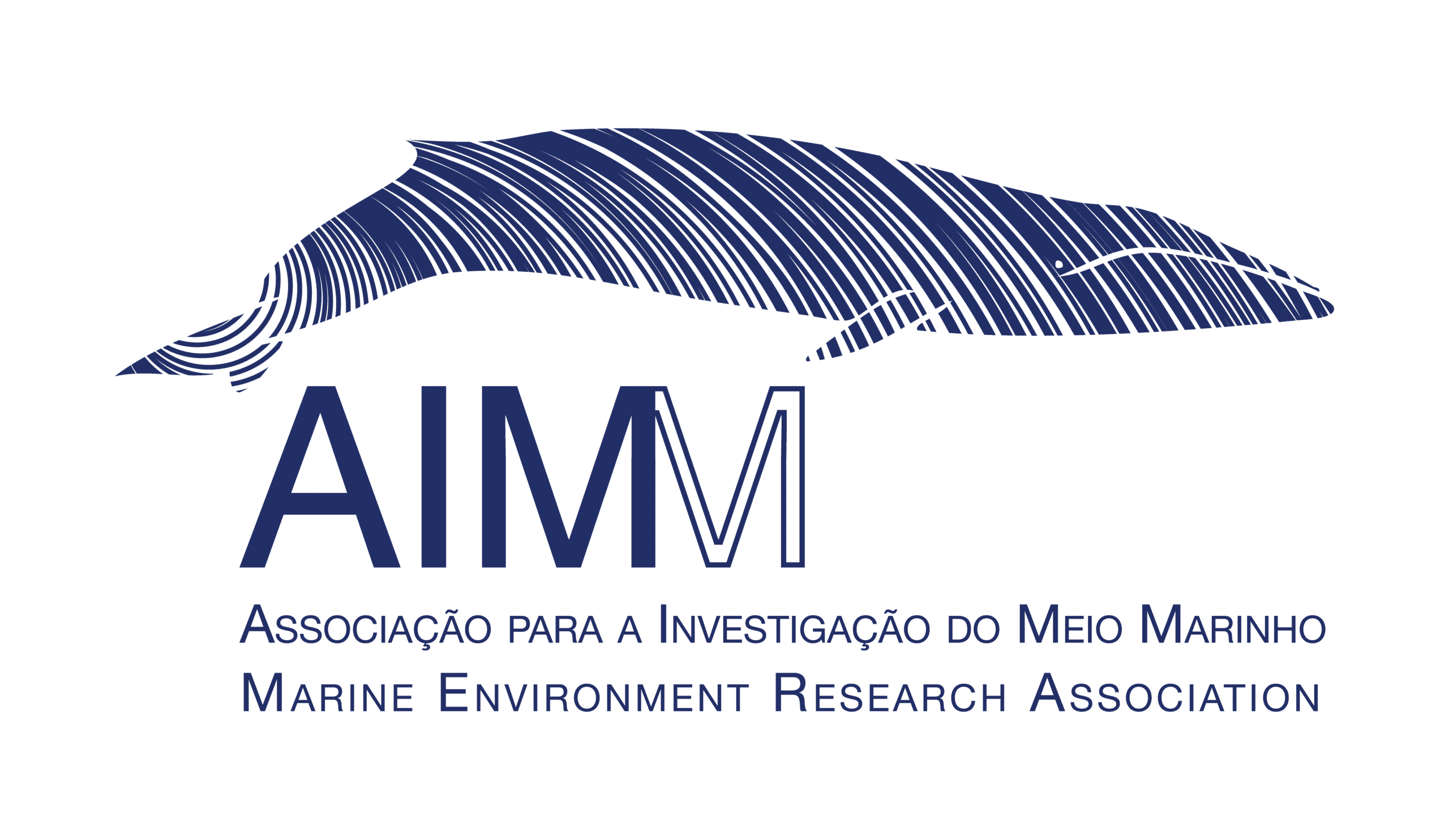Estimating densities and total abundance of four small dolphin species in a significant portion of the North Atlantic
Miguel P. Martins, Marc Fernandez, Ana Marçalo, Nuno Oliveira, Tiago Marques

miguelpintomartis@gmail.com
ACCOBAMS-ECS Student Awards
Miguel won the ACCOBAMS-ECS Student Awards for the Best Oral Presentation category, during this 35th annual European Cetacean Society Conference. Congrats!
Read more about this Award here.
Abstract of the oral presentation
Miguel P. Martins(1,2), Marc Fernandez(3) , Ana Marçalo(4), Nuno Oliveira(5), Tiago Marques(6,7)
(1) Departamento de Estatística e Investigação Operacional, Faculdade de Ciências, Universidade de Lisboa, Portugal
(2) AIMM – Associação para a Investigação do Meio Marinho, Rua Maestro Fred. Freitas N 15-1, 1500-399 Lisboa, Portugal
(3) MARE – Marine and Environmental Sciences Centre, ARNET – Aquatic Research Network, Regional Agency for the Development of Research, Technology and Innovation (ARDITI), Funchal, Madeira, Portugal
(4) Centre of Marine Sciences (CCMAR), University of the Algarve, Faro, Portugal
(5) Sociedade Portuguesa para o Estudo das Aves – SPEA, Marine Conservation Department, Lisboa, Portugal
(6) Departamento de Biologia Animal, Centro de Estatística e Aplicações, Faculdade de Ciências da Universidade de Lisboa, Portugal
(7) Centre for Research into Ecological and Environmental Modelling, The Observatory, University of St Andrews, St Andrews, KY16 9LZ, Scotland
Distribution and abundance models are important tools to understand habitat preferences, population trends and areas suitable to be protected. A major baseline for these goals is to know the overall abundance and distribution of a species in the area of interest. Several surveys have been conducted in the Atlantic Ocean to estimate the abundance of cetacean species, mainly in the Western North Atlantic and European waters. Here, we present the first abundance and spatial densities estimates for four dolphin species: common dolphin (Delphinus delphis), common bottlenose dolphin (Tursiops truncatus), Atlantic spotted dolphin (Stenella frontalis) and striped dolphin (Stenella coeruleoalba), in a portion of the North Atlantic spanning from the Iberian Peninsula to oceanic waters, going beyond the Azores and Madeira archipelagos. We analyzed transect sighting data from research vessel surveys, which occurred in 2004-2020. Geographic position, species, group size, and distance to the observer were recorded whenever cetaceans were detected. A total of 3329 cetacean sightings were recorded, with 1627 corresponding to common dolphins, 339 to bottlenose dolphins, 293 to the spotted, and 140 to striped dolphins. Detection functions were fitted to model the detection probability of each species as a function of distance to the observer, and later used to fit Density Surface Models. We used smooths of static environmental covariates and location to fit a Generalized Additive Model, with location and depth being selected variables in our final models for all species, and slope for the bottlenose and spotted dolphins. We are actively working on perfecting the models and on precision measures to go against the abundance estimates. These results will provide baseline values for managing these species within and beyond three Economic Exclusive Zones (mainland Portugal, Azores and Madeira), mainly in non-surveyed offshore waters.
Become a Hero of the Oceans!
Purchase the products we have designed for you in our online store and help us to preserve the marine environment.
